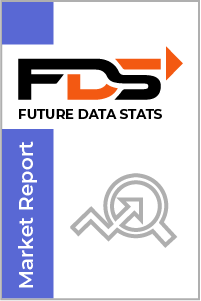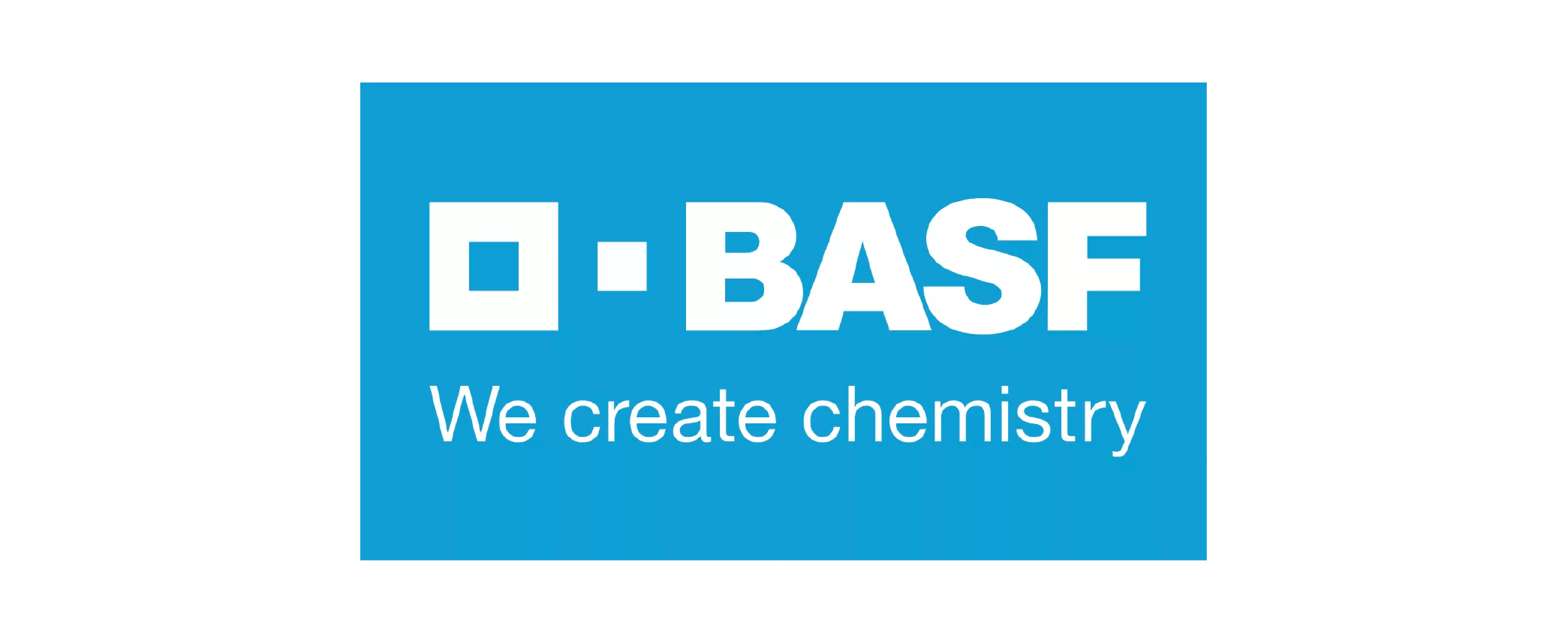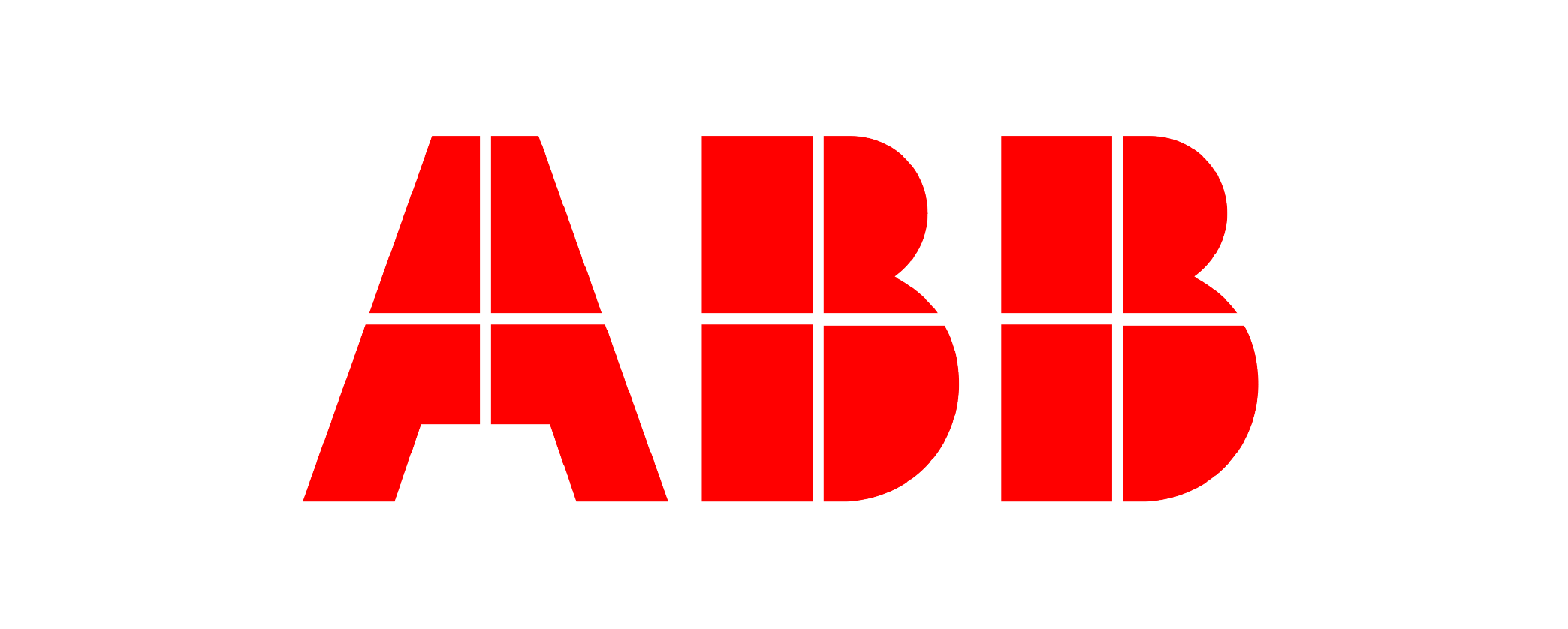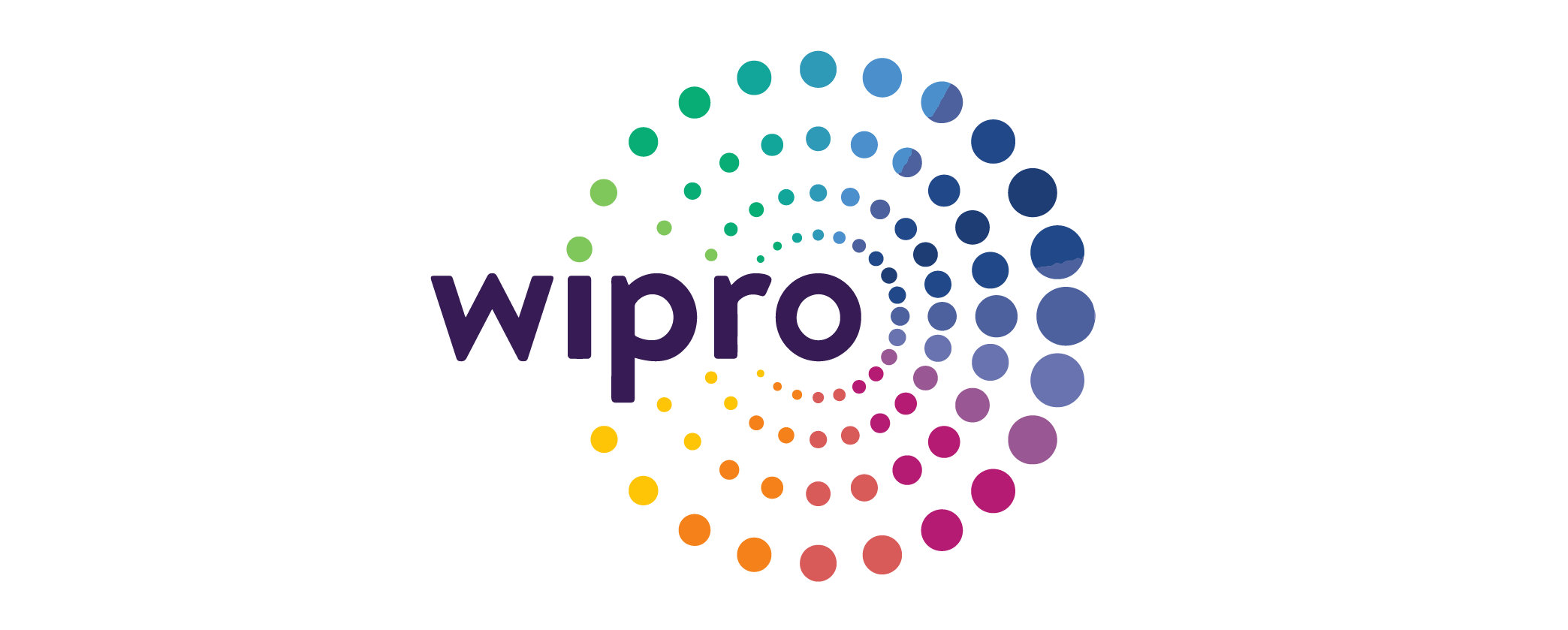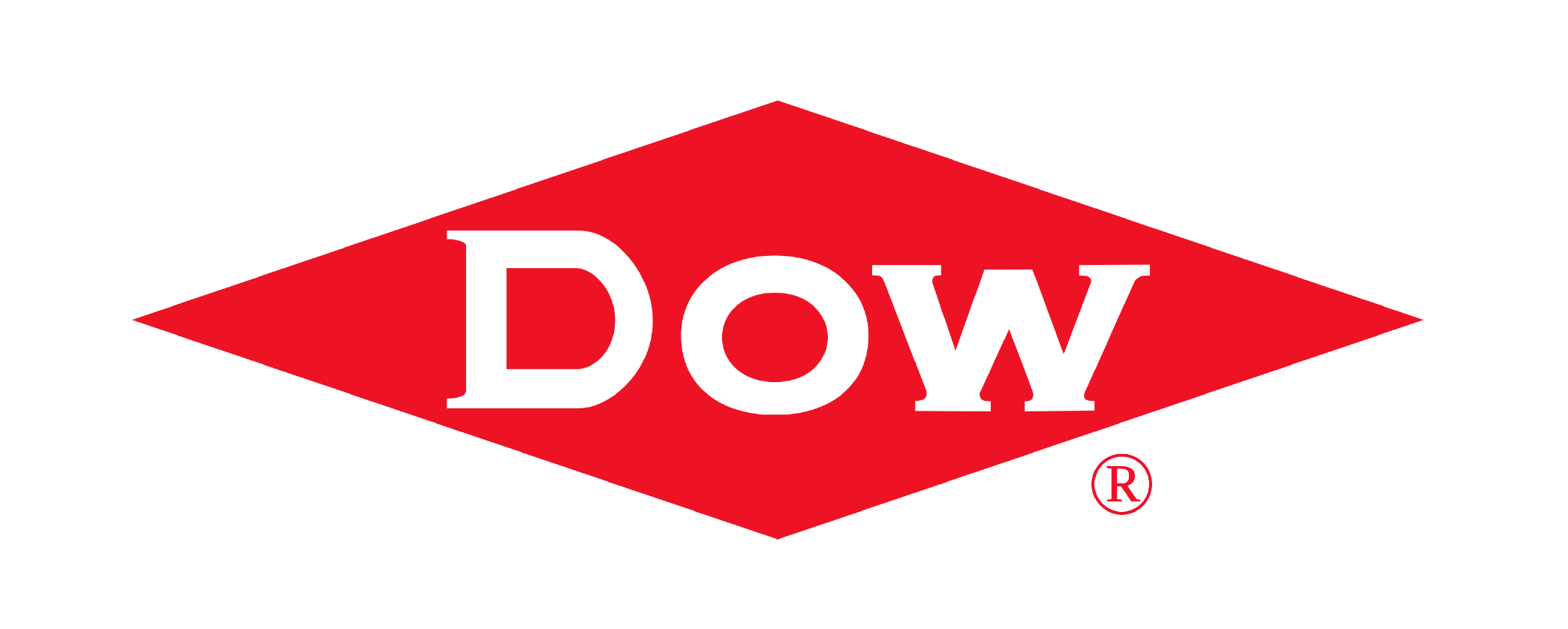Table of Contents
The global Medical Imaging Software Market size was valued at USD xx Billion in 2024 and is projected to expand at a compound annual growth rate (CAGR) of xx% during the forecast period, reaching a value of USD xx Billion by 2032.
The "Medical Imaging Software Market Research Report" by Future Data Stats delivers an in-depth analysis of the market, utilizing historical data from 2021 to 2023. This thorough examination identifies significant trends, growth trajectories, and key factors influencing the market environment. With 2024 established as the baseline year, the report explores consumer behavior, competitive landscapes, and regulatory contexts. Furthermore, it offers a meticulously researched forecast extending from 2025 to 2033. By employing sophisticated data analysis methods, the report delineates the market's growth path, identifies emerging opportunities, and anticipates potential challenges, thereby providing essential insights for stakeholders.
MARKET OVERVIEW:
Medical imaging software is a specialized tool used to capture, store, and analyze images from medical imaging devices such as X-rays, MRIs, and CT scans. It allows healthcare professionals to view and interpret images for diagnostic purposes. This software plays a vital role in enhancing the accuracy and speed of diagnoses by offering features like image enhancement, 3D modeling, and integration with electronic health records. For the market, medical imaging software supports various applications, from diagnostic imaging to therapeutic treatment planning. The software's adaptability across hospitals, diagnostic centers, and research institutions makes it a critical part of modern healthcare. As the demand for accurate and efficient healthcare solutions grows, the medical imaging software market is expected to expand, driven by technological advancements and increasing healthcare needs.
MARKET DYNAMICS:
AI-powered software is enhancing diagnostic accuracy, helping radiologists detect conditions like tumors, fractures, and heart diseases more efficiently. Additionally, the shift towards cloud-based platforms allows healthcare providers to store and access medical images remotely, improving collaboration and reducing operational costs. As healthcare systems increasingly prioritize patient-centered care, these advancements are shaping the market’s expansion. Looking ahead, upcoming trends in the medical imaging software market include the integration of augmented reality (AR) and virtual reality (VR) for improved imaging and surgical planning. The growing focus on personalized medicine and early detection is driving the demand for software solutions capable of analyzing vast amounts of patient data. Moreover, the adoption of advanced technologies in emerging markets presents new business opportunities, as healthcare systems in these regions modernize and incorporate innovative medical imaging solutions.
Innovations such as artificial intelligence and machine learning enhance imaging capabilities, improving the speed and precision of diagnoses. Healthcare providers are increasingly adopting these solutions to streamline workflows and reduce costs, thus contributing to market expansion. Furthermore, an aging population and the rise in chronic diseases fuel the need for effective imaging solutions, prompting investments in research and development. Regulatory hurdles and high implementation costs can deter smaller healthcare facilities from adopting advanced imaging software. Additionally, concerns over data security and patient privacy pose significant restraints. However, opportunities abound as the industry evolves. Emerging markets present untapped potential, and collaborations between technology firms and healthcare providers can lead to innovative solutions.
MEDICAL IMAGING SOFTWARE MARKET SEGMENTATION ANALYSIS
BY TYPE:
2D imaging software remains a widely used solution due to its simplicity and cost-effectiveness. This software supports essential diagnostic processes in healthcare settings, particularly in X-ray imaging. 3D imaging software, on the other hand, is gaining popularity for its ability to offer detailed, three-dimensional views of anatomical structures. This type of software is critical for more complex diagnostics, such as in MRI and CT scans, where a deeper level of precision is required.
Cloud-based imaging software is another growing segment, providing flexibility and scalability for healthcare providers. By enabling access to imaging data from multiple devices and locations, cloud solutions help improve collaboration and streamline workflows, making them an attractive choice for hospitals and clinics.
BY APPLICATION:
This software enables healthcare providers to detect and diagnose diseases through advanced imaging technologies. Its application in diagnostic imaging streamlines processes, improves accuracy, and enhances patient outcomes by offering high-resolution images that assist in detailed analysis. Therapeutic imaging is another area driving market growth. Medical imaging software plays a crucial role in planning and monitoring treatments, particularly in fields such as oncology and cardiology. It provides real-time imaging data that aids in the precise delivery of treatments, optimizing patient care and treatment success rates.
Clinical imaging is also a significant application contributing to the market's expansion. This software is essential for various clinical procedures, offering comprehensive visualizations that support decision-making in patient management. By improving the quality of images and workflow efficiency, clinical imaging software helps healthcare professionals deliver better care and ensure patient safety.
BY END-USER:
Hospitals are one of the primary end-users, where the software helps with diagnostic accuracy, patient management, and treatment planning. These institutions rely on advanced imaging tools to improve clinical outcomes and streamline workflows. Diagnostic centers also form a crucial segment, utilizing medical imaging software to enhance diagnostic capabilities and provide faster results. These centers, often focused on specific imaging technologies, benefit from software that supports a range of imaging techniques and integrates seamlessly into their operations.
Research institutions leverage medical imaging software for its role in medical studies and clinical trials. The software's ability to provide detailed imaging data is vital for research purposes. Additionally, ambulatory surgical centers use it to assist with pre-operative planning and post-surgical evaluations, improving the overall efficiency of outpatient procedures.
BY DEPLOYMENT MODE:
On-premise solutions provide healthcare facilities with greater control over their data and infrastructure. These systems ensure data security and offer customization options, making them a popular choice for institutions that prioritize confidentiality and localized control. Cloud-based deployment, on the other hand, is rapidly gaining traction due to its scalability and flexibility. Healthcare providers can access imaging software from anywhere, facilitating collaboration across different locations. Cloud-based solutions reduce the need for extensive IT infrastructure, making them cost-effective for smaller clinics and healthcare organizations.
Both deployment modes offer unique advantages that cater to different needs. On-premise solutions are ideal for large institutions requiring robust security measures, while cloud-based solutions are beneficial for organizations seeking remote access and reduced IT maintenance costs.
REGIONAL ANALYSIS:
In North America, the demand for advanced imaging solutions is driven by high healthcare spending, strong infrastructure, and technological innovations. Hospitals and diagnostic centers in the U.S. and Canada are key adopters of medical imaging software, contributing to the region’s market dominance.
In Europe, the market benefits from a robust healthcare system and significant investment in healthcare technologies. Countries like Germany, the UK, and France are witnessing an increased adoption of medical imaging software due to rising healthcare needs and government initiatives. In Asia Pacific, rapid urbanization and improving healthcare infrastructure are boosting market growth, while Latin America and the Middle East & Africa are also showing potential, driven by increasing awareness and healthcare improvements.
MERGERS & ACQUISITIONS:
- In December 2024: GE Healthcare acquired the medical imaging software company, Caption Health, to expand its portfolio of ultrasound imaging solutions.
- In November 2024: Philips Healthcare launched its new medical imaging software platform, Philips IntelliSpace, designed for enhanced image analysis and interpretation.
- In October 2024: Siemens Healthineers acquired the medical imaging software company, Conworx Technology, to expand its portfolio of imaging informatics solutions.
- In September 2024: Canon Medical Systems Corporation launched its new medical imaging software platform, Canon Medical Imaging, designed for enhanced CT and MRI imaging.
- In August 2024: AgfaInGevaert Group acquired the medical imaging software company, Hyland Healthcare, to expand its portfolio of imaging informatics solutions.
- In July 2024: Carestream Health launched its new medical imaging software platform, Carestream Imaging, designed for enhanced image analysis and interpretation.
KEY MARKET PLAYERS:
- GE Healthcare (USA)
- Siemens Healthineers (Germany)
- Philips Healthcare (Netherlands)
- Canon Medical Systems (Japan)
- Carestream Health (USA)
- Agfa Healthcare (Belgium)
- Fujifilm Medical Systems (Japan)
- Medidata Solutions (USA)
- MIM Software Inc. (USA)
- Merge Healthcare (USA)
- Mirada Medical (UK)
- INFINITT Healthcare (South Korea)
- Sectra AB (Sweden)
- Pie Medical Imaging (Netherlands)
-
1. Introduction
- 1.1 Market Definition
- 1.2 Market Scope
- 1.3 Research Methodology
-
2. Market Dynamics
- 2.1 Drivers
- 2.2 Restraints
- 2.3 Opportunities
- 2.4 Challenges
-
3. Market Segmentation
- 3.1 By Type
- 3.2 By Application
- 3.3 By End-User
- 3.4 By Deployment Mode
- 3.5 By Geography
-
4. Competitive Landscape
- 4.1 Key Players
- 4.2 Market Share Analysis
- 4.3 Recent Developments
-
5. Regional Analysis
- 5.1 North America
- 5.2 Europe
- 5.3 Asia Pacific
- 5.4 Latin America
- 5.5 Middle East & Africa
-
6. Market Trends
- 6.1 Technological Advancements
- 6.2 Industry Collaborations
- 6.3 Regulatory Changes
-
7. Conclusion
-
8. Appendix
- 8.1 List of Abbreviations
- 8.2 References
Medical Imaging Software Market Segmentation
By Type:
- 2D Imaging Software
- 3D Imaging Software
- Cloud-Based Imaging Software
By Application:
- Diagnostic Imaging
- Therapeutic Imaging
- Clinical Imaging
By End-User:
- Hospitals
- Diagnostic Centers
- Research Institutions
- Ambulatory Surgical Centers
By Deployment Mode:
- On-Premise
- Cloud-Based
By Geography:
- North America (USA, Canada, Mexico)
- Europe (UK, Germany, France, Italy, Spain, Rest of Europe)
- Asia-Pacific (China, Japan, South Korea, India, Rest of Asia-Pacific)
- South America (Brazil, Rest of South America)
- Middle East and Africa (GCC Countries, South Africa, Rest of MEA)
Why Invest in a Market Research Report?
1. Informed Decision-Making
A comprehensive market research report provides critical insights into market trends, consumer behaviors, and competitive dynamics. This data enables business to make evidence-based decisions, reducing the risks associated with launching new products or entering new markets.
2. Identifying Opportunities
Market research identifies gaps in the market and emerging opportunities. By analyzing consumer needs and preferences, businesses can tailor their offerings to meet demand, thereby increasing their chances of success.
3. Understanding Competition
A thorough report offers insights into competitors' strategies, strengths, and weaknesses. This understanding allows businesses to differentiate themselves in the marketplace and develop effective competitive strategies.
4. Enhancing Marketing Strategies
With detailed information about target demographics and consumer behavior, businesses can design more effective marketing campaigns. This targeted approach maximizes return on investment by focusing resources on the most promising customer segments.
5. Risk Mitigation
Understanding market conditions and potential challenges through research helps businesses anticipate and mitigate risks. This proactive approach can safeguard against financial losses and reputation damage.
6. Supporting Funding and Investment
Investors and stakeholders often require detailed market analysis before committing capital. A well-researched report can provide the necessary data to support funding requests, enhancing credibility and confidence.
7. Tracking Industry Trends
Market research keeps businesses updated on industry trends, technological advancements, and regulatory changes. Staying informed allows companies to adapt quickly and maintain a competitive edge.
Research Methodology Overview:
At Future Data Stats, our nearly 70 years of combined industry experience inform a rigorous research methodology tailored for market intelligence and industry analysis. Our dedicated team conducts in-depth investigations into market dynamics, ensuring precise estimates and forecasts.
Comprehensive Market Insights
Our meticulous approach provides a holistic understanding of market size, structure, and trends across various sectors. By analyzing numerous industry trends and real-time developments, we identify key growth drivers and project future market trajectories. Our research is grounded in high-quality data, expert evaluations, and independent perspectives, enabling stakeholders to make well-informed decisions that align with their growth objectives.
Data-Driven Research Approach:
Future Data Stats prides itself on delivering thorough research and analysis, leveraging a diverse range of factual sources, including:
- Interviews with industry stakeholders
- Reliable statistical data
- Regional market intelligence
Our in-house experts create analytical tools and models customized for specific sectors, refining data accuracy and enhancing the reliability of our recommendations.
Key Benefits of Our Methodology
Our structured research process and comprehensive data evaluation offer clients:
- Robust Data and Analysis: Actionable insights for strategic business planning.
- Technological Reliability: Insights derived from meticulously audited research practices.
- Independent Outcomes: Clear depictions of market landscapes.
Research Components:
Our methodology integrates extensive primary and secondary research:
Primary Research
- Interviews and Discussions: Approximately 24 hours dedicated to engaging with various stakeholders, from upstream to downstream participants.
- Identifying Key Opinion Leaders: Designing questionnaires and conducting in-depth interviews.
- Value Chain Coverage: Ensuring comprehensive insights across the industry spectrum.
Secondary Research
- Sources: Analysis of over 3,000 documents, including product literature, industry reports, and key publications.
- Industry Journals and Government Websites: For authentic insights and macro analysis.
Analytical Framework
We utilize both bottom-up and top-down approaches in our analysis:
- Bottom-Up Approach: Establishing global and regional market sizes and assessing market shares of key players.
- Top-Down Approach: Identifying leading market players and determining their respective market shares.
Medical Imaging Software Market Dynamic Factors
Drivers:
- Growing demand for accurate diagnostics in healthcare.
- Advancements in imaging technologies, including AI and machine learning.
- Increasing healthcare spending globally.
- Rising prevalence of chronic diseases requiring advanced imaging.
Restraints:
- High cost of advanced medical imaging software.
- Limited access to healthcare facilities in developing regions.
- Data privacy concerns related to patient information.
- Integration challenges with existing healthcare systems.
Opportunities:
- Expansion of cloud-based imaging solutions for better accessibility.
- Technological advancements enabling faster, more precise diagnostics.
- Growing adoption of medical imaging software in emerging markets.
- Collaboration between software providers and healthcare institutions.
Challenges:
- Need for continuous software updates and training.
- Regulatory hurdles in different regions.
- Competition among major software providers.
- Data security and compliance issues.
Frequently Asked Questions
